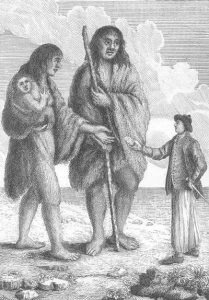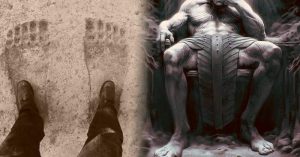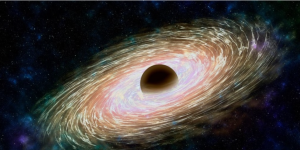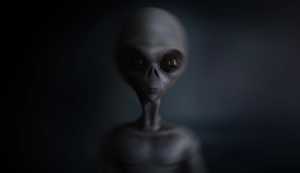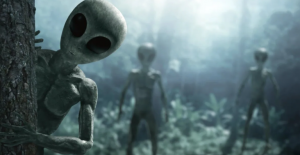The day Magellan “found” 3-meter giants in Patagonia
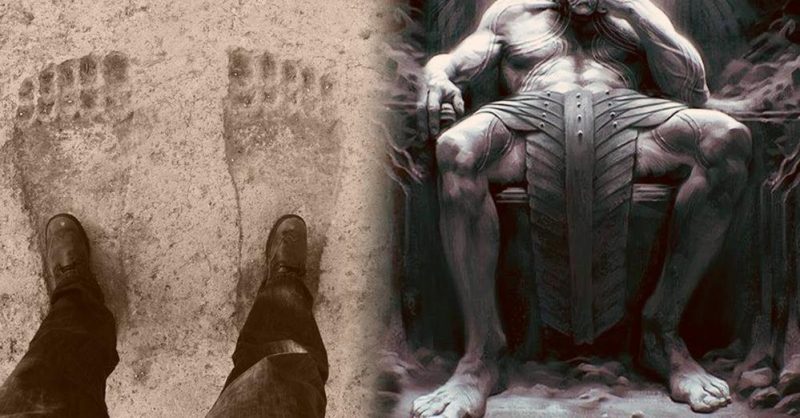
In 1520, Ferdinand Magellan made time in his worldwide seafaring schedule to stop in what is now Patagonia, where he encountered giants.
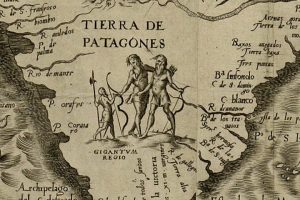
Magellan ordered one of his men to make contact with the giant (the emissary’s reaction would have to be seen but sadly has been lost in history), and thus be sure that exchanging dances and songs would lead to a demonstration of friendship.
It worked. The man was able to bring the giant to a small island off the coast, where the great captain awaited. The description of the scene was carried out by a scholar during the day, Antonio Pigafetta, who kept the travel diary that later became Magellan’s Voyage: First Voyage Around the World.
“When he stood before us, he began to wonder and fear, and he raised a finger upwards, believing that we came from heaven. He was so tall that the tallest of us was only up to his waist’, and he had a deep, resonant voice.
The illustration above proves it, Patagonia was once inhabited by giants who dwarfed the celestial Europeans who came to conquer them.
Okay, maybe that’s not a perfect test. But it could be that the people Magellan encountered, the Tehuelches, were indeed huge, and therefore this myth has some basis in reality.
On that small island, Magellan had his men give the giant food and drink, and then made the mistake of showing him a mirror.
“The moment the giant could see himself he was terrified,” wrote Pigafetta, “he jumped back throwing four of our men to the ground.”
But once things had settled down, the explorers proceeded to make contact with the rest of the tribe, hunting with them and even building a house to store their supplies while they stayed on the coast.
After several weeks with the tribe, Magellan came up with a plan: he had to kidnap two of them and take them back with him to Spain to test these giants he had discovered.
“But this had to be cunningly plotted, otherwise the giants would have gotten our men into trouble.” Magellan offered them all kinds of metal products to waste their time, such as mirrors, scissors and bells, so they wouldn’t mind putting handcuffs and chains on their legs.
“Whereupon these giants were pleased to see these chains, not knowing where to put them.” Magellan, however, lost evidence of him during the long journey back to Spain. The giants did not survive.
But what Magellan and Pigafetta brought back was that story and the new name of the land of the giants, Patagonia, its etymology is still not entirely clear. Some argue that it means “Land of the big feet”, because of the “leg”.
Although Magellan most likely took his name from a novel popular at the time, Primaleón was called, and he told about a race of wild people called the Patagonians.
Although they let the British pour cold water on the whole affair, Sir Francis Drake managed to come into contact with the Patagonians themselves, as his nephew summarized in The World Encompassed in 1628:
